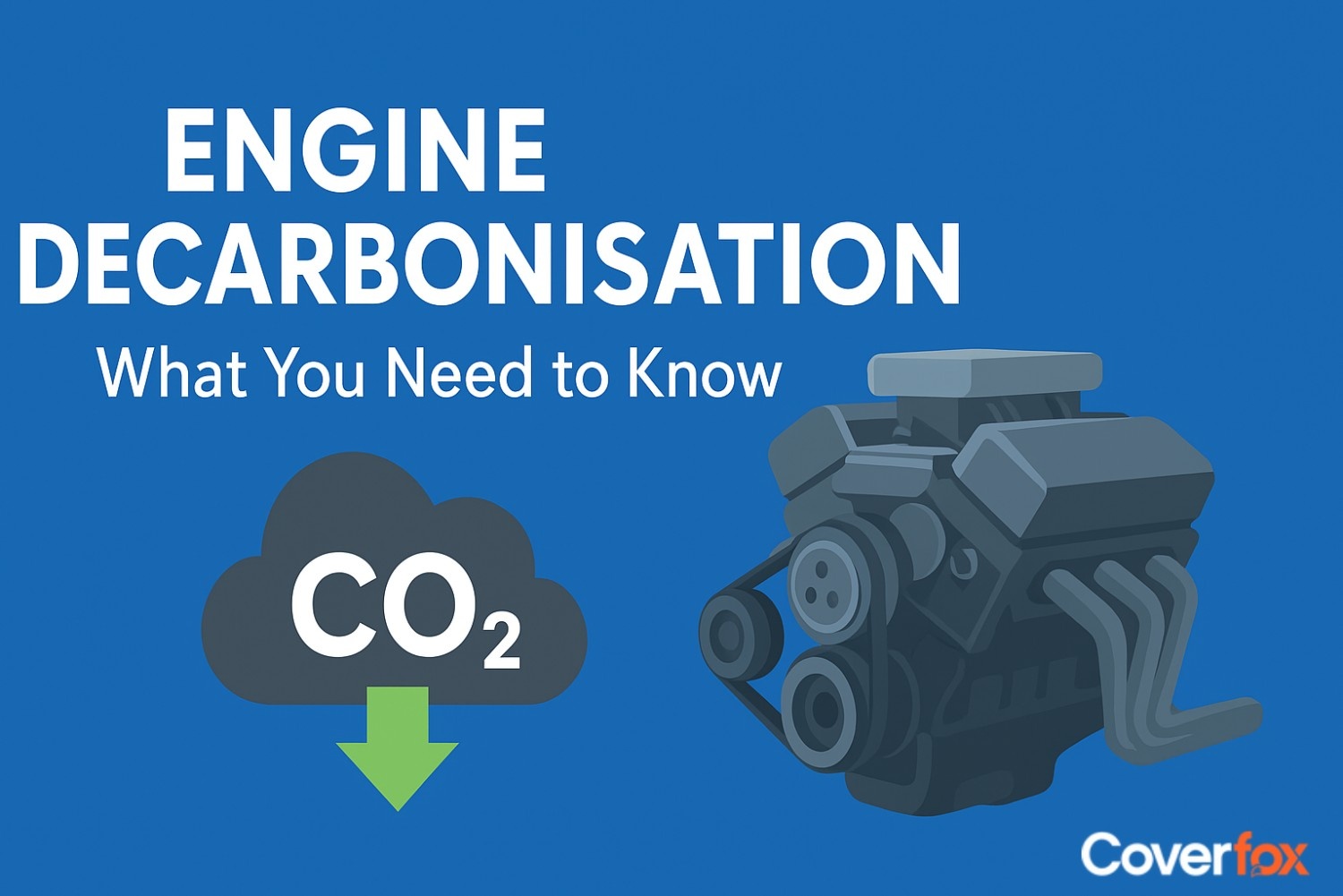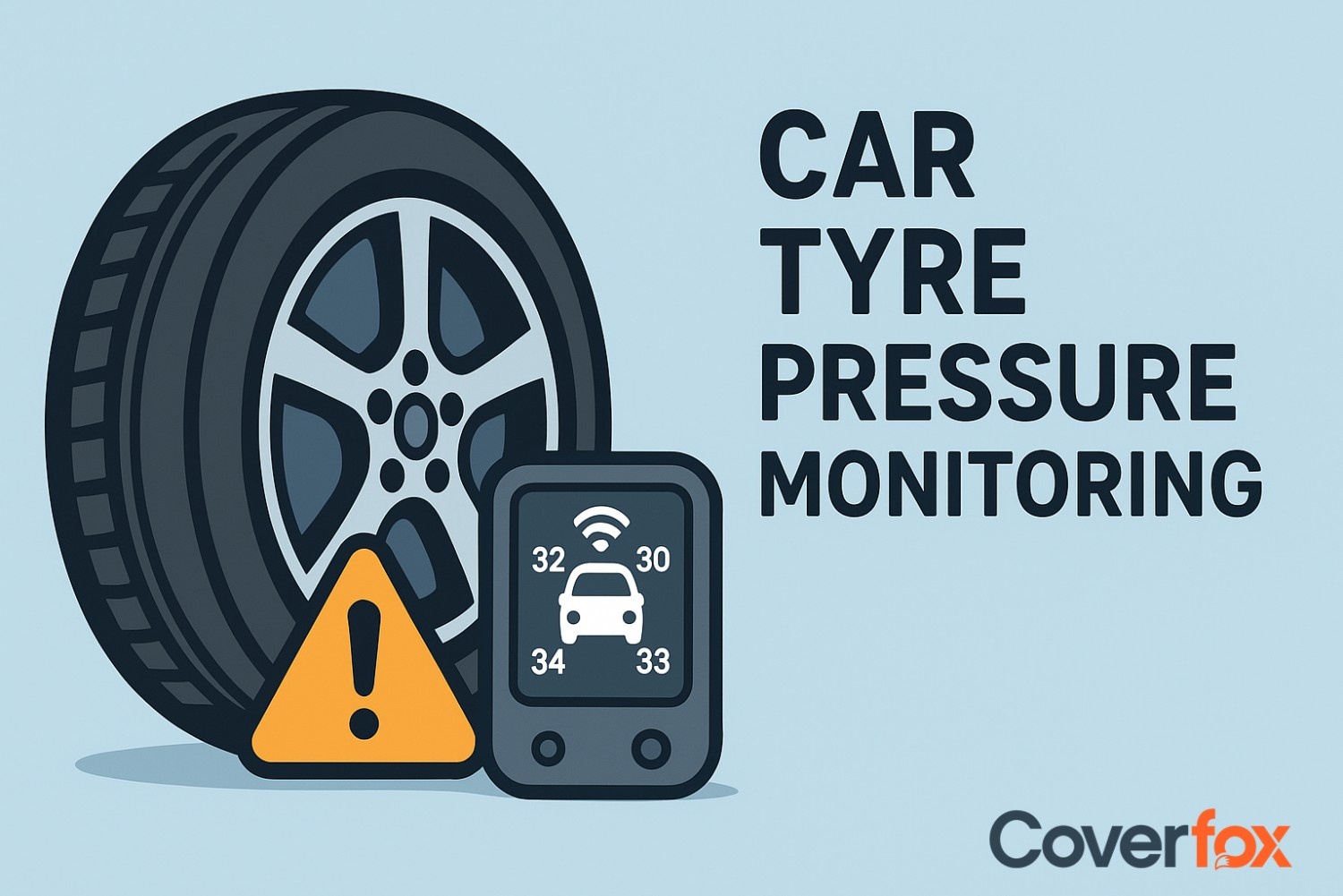PAYD and PHYD insurance revolutionize car insurance by tailoring premiums to driving habits via data collection. Safer driving equals lower costs, offering incentives for better road behaviors.

Are you tired of paying high car insurance premiums, even though you only use your car occasionally? Or do you feel like you're being penalized for your driving habits, even though you consider yourself a safe driver? If so, you may want to consider pay as you drive (PAYD) or pay how you drive (PHYD) insurance.
These innovative insurance models use telematics data to determine your insurance premiums based on your actual driving behavior. In this article, we'll explore how PAYD and PHYD insurance work and how they can benefit you.
What is Pay as You Drive Insurance?
Pay as you drive insurance, also known as usage-based insurance (UBI), is a type of car insurance that uses telematics technology to track your driving behavior and determine your insurance premiums. This means that instead of paying a fixed premium, you only pay for the miles you drive.
Telematics devices, also known as "black boxes," are installed in your car and collect data on your driving habits, such as speed, acceleration, braking, and time of day. This data is then used to calculate your insurance premiums, with safer drivers receiving lower rates.
How Does Pay as You Drive Insurance Work?
Installation of Telematics Device
The first step in getting PAYD insurance is to have a telematics device installed in your car. This device is usually a small box that is plugged into your car's diagnostic port, which is typically located under the dashboard. Some insurance companies also offer mobile apps that use your phone's GPS to track your driving behavior.
Collection of Telematics Data
Once the device is installed, it will start collecting data on your driving behavior. This data is then transmitted to the insurance company, where it is analyzed to determine your insurance premiums.
Calculation of Insurance Premiums
The insurance company will use the data collected from the telematics device to calculate your insurance premiums. This data is used to determine your risk level as a driver, with safer drivers receiving lower premiums.
Factors that may be taken into account when calculating your premiums include:
Payment of Premiums
With PAYD insurance, you only pay for the miles you drive. This means that your premiums may vary from month to month, depending on how much you drive. Some insurance companies also offer discounts for safe driving behavior, such as maintaining a low speed and avoiding hard braking.
What is Pay How You Drive Insurance?
Pay how you drive insurance is similar to PAYD insurance, but it takes into account not only how much you drive but also how you drive. This means that your premiums are based not only on the number of miles you drive but also on your driving behavior.
How Does Pay How You Drive Insurance Work?
Installation of Telematics Device
As with PAYD insurance, the first step in getting PHYD insurance is to have a telematics device installed in your car. This device will collect data on your driving behavior, including speed, acceleration, braking, and time of day.
Collection of Telematics Data
The telematics device will collect data on your driving behavior, which is then transmitted to the insurance company. This data is used to determine your risk level as a driver and calculate your insurance premiums.
Calculation of Insurance Premiums
The insurance company will use the data collected from the telematics device to calculate your insurance premiums. In addition to the factors considered in PAYD insurance, PHYD insurance also takes into account your driving behavior, such as how often you exceed the speed limit or how hard you brake.
Payment of Premiums
Similar to PAYD insurance, you only pay for the miles you drive with PHYD insurance. However, your premiums may also be affected by your driving behavior. For example, if you frequently exceed the speed limit, your premiums may be higher than someone who consistently follows the speed limit.
Benefits of Pay as You Drive and Pay How You Drive Insurance
Fairer Premiums
One of the main benefits of PAYD and PHYD insurance is that they offer fairer premiums. Instead of paying a fixed premium, your premiums are based on your actual driving behavior. This means that safe drivers are rewarded with lower premiums, while risky drivers may see an increase in their premiums.
Cost Savings
For those who don't drive often, PAYD and PHYD insurance can result in significant cost savings. Instead of paying a high fixed premium, you only pay for the miles you drive. This can be especially beneficial for those who live in urban areas and use public transportation for their daily commute.
Incentive for Safe Driving
With PAYD and PHYD insurance, there is an incentive for safe driving. By following the speed limit, avoiding hard braking, and driving during off-peak hours, you can lower your insurance premiums. This can lead to safer roads and fewer accidents.
Is Pay as You Drive Insurance Right for You?
PAYD and PHYD insurance may not be the best option for everyone. If you drive frequently or have a long commute, you may end up paying more with PAYD insurance than with traditional insurance. Additionally, if you have a history of risky driving behavior, your premiums may be higher with PHYD insurance.
However, if you are a safe driver who doesn't drive often, PAYD and PHYD insurance can result in significant cost savings. It's also a great option for those who want to be rewarded for their safe driving habits.
Conclusion
PAYD and PHYD insurance are innovative insurance models that use telematics data to determine your insurance premiums based on your actual driving behavior. By installing a telematics device in your car, you can benefit from fairer premiums, cost savings, and an incentive for safe driving. If you're tired of paying high car insurance premiums, it may be time to consider PAYD or PHYD insurance.
Also Read: Premium based on your Driving Behavior





